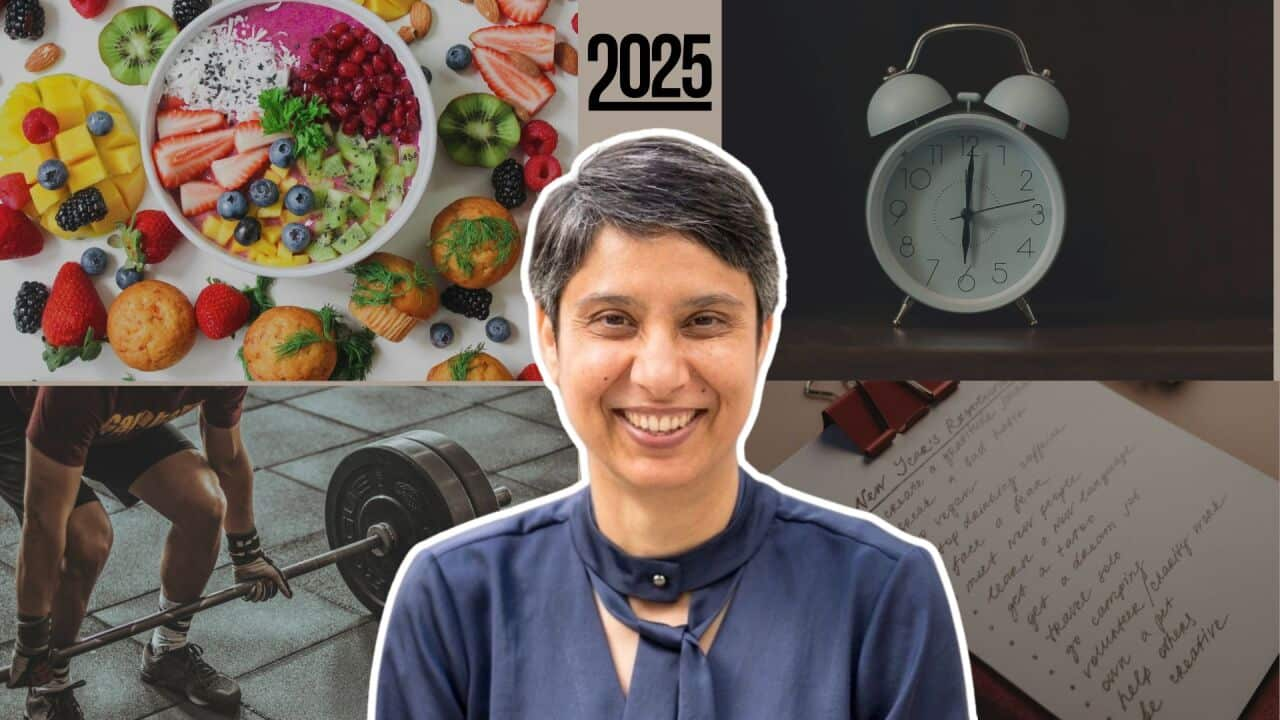Key Points
- The allure of better visa prospects and cheaper cost of living is forcing many migrants towards regional areas, reshaping the settlement patterns across the country.
- According to Regional Movers Index, population flow from capital cities to regional areas has increased by 7.9 per cent in the March 2023 quarter.
Gurpreet Kaur and her partner, Navdeep Singh, are a part of the growing number of migrants moving to regional areas in search of greener pastures and savings on living expenses.
Last year, the young couple relocated from action-packed Melbourne to the comparatively quieter lifestyle of Tasmania in the hope of better prospects of getting Australian permanent residency.
Speaking to SBS Punjabi, Ms Kaur says, "Life couldn't have been better and more peaceful than this."
"Not only (did) we get our permanent residency as skilled migrants under subclass 190 by moving to Tasmania, but we also love the stress-free life here that we never tasted by living in Melbourne for four years.
"We were fed up with long hours of commuting to the jobs, unsatisfied careers and no family time."
Ms Kaur, who migrated to Australia in 2018 as an international student, says she is not leaving the peaceful and yet financially rewarding life.
"We're going to stay here and don't have any plans to move back to Melbourne," she says.

Life in regional areas can often mean less stress and more family time. Credit: kate_sept2004/Getty Images
Ms Kaur told SBS Punjabi that the family moved to the countryside from Melbourne in 2010.
"I got the residency through an employer sponsor program (in) around 2013 and decided to stay forever as we love the friendly community here," Ms Kaur says.
"It has lovely people, (a) great atmosphere for kids, no traffic and cheaper cost of living than any metro city."

Narinder Sandhu is a Perth-based migration consultant. Source: Supplied
Understanding regional migration through visa classes
Perth-based migration consultant, Narinder Kaur Sandhu, says that the skilled migrant response to employment opportunities in regional areas is deeply driven by visa class.
"The 491 visa and 190 scheme were introduced to encourage skilled migrants to settle in areas outside of Australia's largest cities," she says.
"Visa holders who work in what is known as outer regional areas can become permanent residents faster under the program by getting more points.
"In the bigger states like New South Wales (NSW), Victoria and Queensland, the regional areas are outside the major cities. But, in the case of Tasmania, the entire state is classified as regional and most international migrants move to Hobart and so is Perth in Western Australia" she says.
Capital to regional migration has surged by 7.9 per cent, marking the third-highest rise in the past five years.
presents a fresh analysis of movements between Australia's capital cities and regions.
According to its latest report, capital-to-regional migration has surged by 7.9 per cent, marking the third-highest rise in the past five years.
As per the report's statistics, the majority of people relocating to regional areas were from Sydney, constituting 90 per cent of the net outflow from the capital city, a notable increase from the previous year's 61 per cent. Melbourne also experienced a rise in net outflows, reaching 51 per cent compared to 44 per cent in the 12-month period ending March 2022.
The majority of capital city movers chose to relocate to regional areas in Victoria and Queensland, accounting for 43 per cent and 29 per cent of the net outflows, respectively.
However, the popularity of regional areas in New South Wales declined, as its net capital city outflows decreased from 41 per cent to 23 per cent.

Regional Australia Institute's revealed that half of all metropolitan workers would consider relocating to regional areas if presented with the right career opportunities.
In an ambitious move to reshape Australia's employment landscape, RAI is launching the largest recruitment drive in the nation's history to fill a staggering 91,000 well-paying job vacancies in regional areas.
Liz Ritchie, the CEO of RAI, says, "In 2023, regional migration is up 17 per cent, and it's continuing to grow, especially as the economic downturn prompts Australians to search for a more affordable lifestyle."
"Over one million workers voiced their discontent in the latest study commissioned by the RAI. More than half of Sydneysiders (54 per cent) and Melbournians (53 per cent) surveyed said their current pay packet isn't enough to keep up with inflation."
Ms Sandhu says, "It is evident that a paradigm shift is under way, as many people now seek an escape from the financial strains of city life."
Disclaimer: This content is for general information purposes only, and should not be used as a substitute for consultation with professional advisers.
Click on the audio player to listen to these interviews in Punjabi.

















